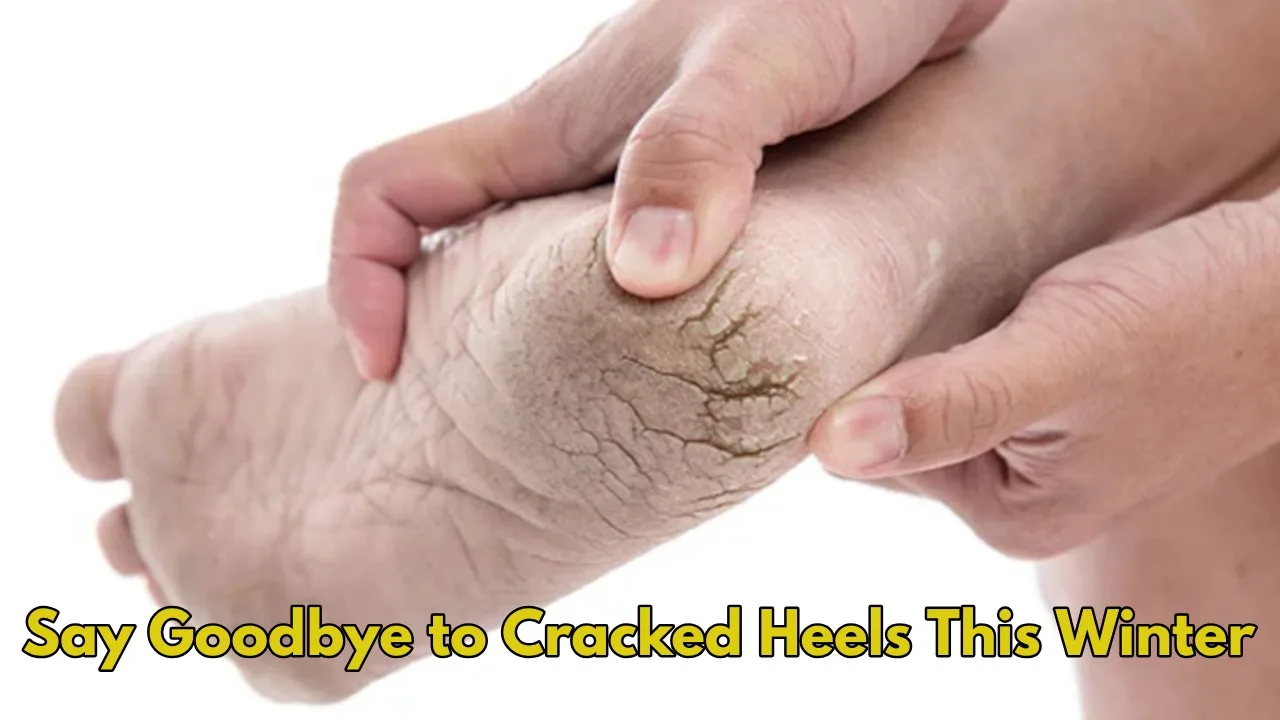Soft and Smooth Feet: The winter season is at its peak. In many parts of the country, the temperature is at a minus, while it has reached 4-5 degrees in many places. The problem of cracked heels is common in this harsh winter. The humidity in the air decreases in winter, so the skin becomes more dry, especially the skin of the heels of the feet. When this skin becomes dry, cracks appear, called cracked heels in everyday language.
Causes of cracked heels in winter:
There can be many reasons for cracked heels. For example, people drink less water in winter, which causes a lack of moisture in the body and dry skin. Most people also bathe in cold water in winter, which makes the skin more dry. Some people wear hard or rough shoes in winter, which puts pressure on the heel’s skin and increases the chances of cracks. Heels can also crack if you do not use moisturizer regularly.
Ways to get rid of cracked heels:
The skin of the feet needs special care in winter. If your heels are also cracked, let us tell you how to cure them; after washing the feet, apply moisturizer properly. Your moisturizer should contain glycerin. It provides moisture to the skin and prevents cracking. Before sleeping, massage the feet with oil (such as coconut or olive oil) and wear socks. This keeps the skin moist and prevents cracking.
Wear comfortable shoes:
Wear comfortable shoes and slippers that are not too tight in winter to avoid pressure. Also, check whether the heel of the shoes has become damaged.
Keep the feet clean:
Wash your feet daily, not with hot water but with lukewarm water. Wash your feet even after you come from outside or wear shoes because they eat. After this, wipe your feet thoroughly.
Apply scrub:
Use a scrub or pumice stone to remove dead skin from your feet once a week. This will keep your feet’ skin clean.
Keep the temperature under control:
The room temperature can also be low in winter. To keep your skin moist, use a humidifier to maintain humidity in the room.
Take the proper diet: Eat a diet rich in vitamin E, omega-3 fatty acids, and water so the skin can receive moisture from the inside: green vegetables, pulses, protein-protein-rich foodscomplerbohydracarbohydratesle for the body.










